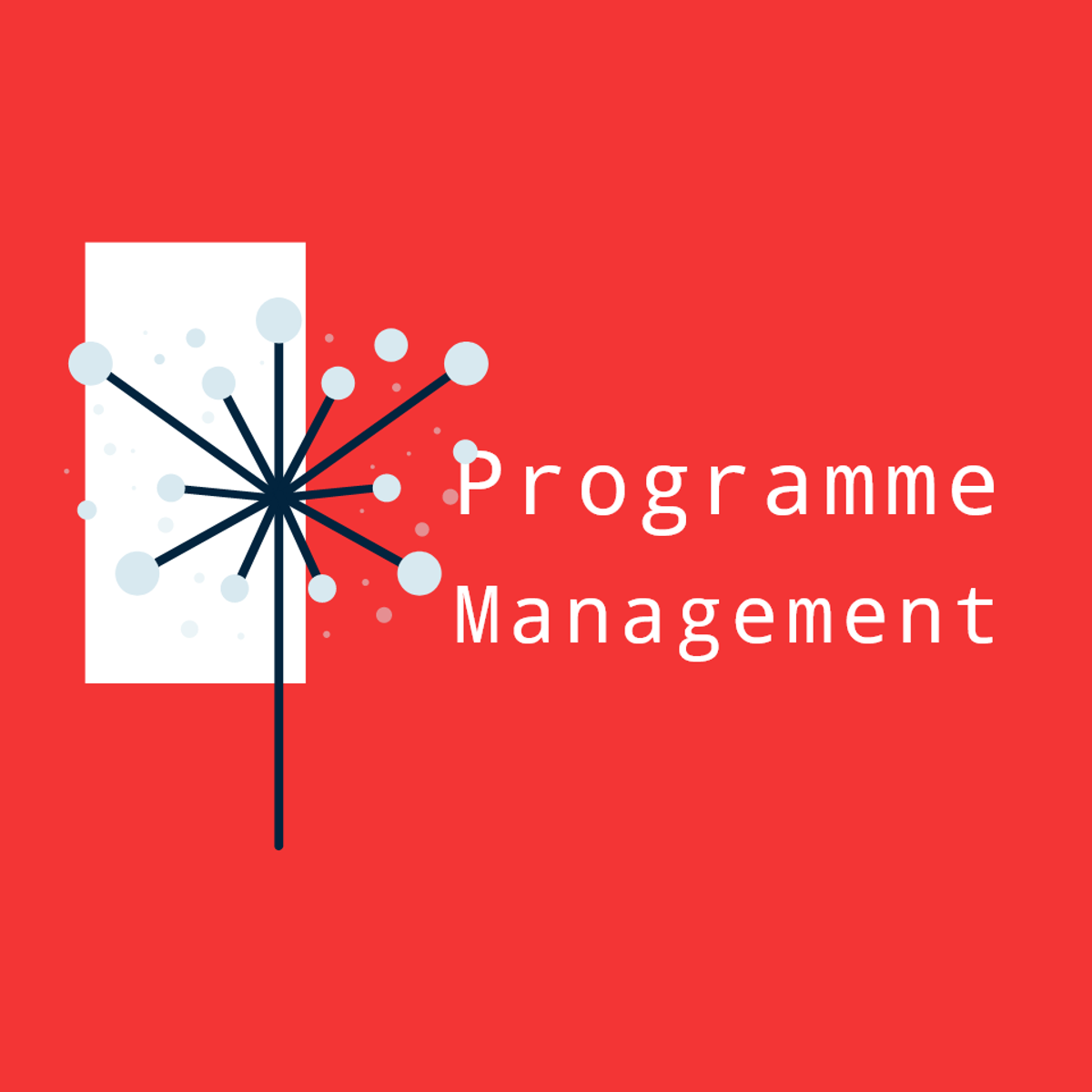Back to Courses









Business Courses - Page 47
Showing results 461-470 of 2058

Marketing Channel Benefits
This course is ideal for individuals who currently work in or are targeting opportunities in consulting and strategy, industrial sales and buying, marketing management, entrepreneurship, and business development.
This course will introduce you to the concept of channel benefits, which focuses on HOW customers want to buy. This is a critical first step and represents the demand side of designing routes to markets. You will learn which channel benefits are most commonly desired by customers. Finally, you will gain frameworks for how to quantify and tradeoff these benefits so as to create a range of strategic options.

Strategically Build and Engage Your Network on LinkedIn
In this 1-hour long project-based course, you will learn how to strategically build and engage your network on LinkedIn. Many people in today’s society think that they know how to network but do they really? We will discuss the appropriate manner to use your LinkedIn account to extend your own network. Personal branding is very important to know about within LinkedIn as well. We will delve into how to find the connections that you are looking for. And we will talk about how to maintain your connections. To be successful in this course you will need to have a free LinkedIn account. If you need to get a strong start on your account before joining this course check out the “Create a Profile and Network on LinkedIn” course on Coursera. Some learning objectives that we will cover include ensuring your LinkedIn page has the basics for intermediate involvement on LinkedIn and as we expand your network strategically while establishing your brand. We will work on keeping track of over 500 connections while focusing on engagement. We will learn about creating and posting content as well as creating an article to make your engagement increase.
Note: This course works best for learners who are based in the North America region. We’re currently working on providing the same experience in other regions.

Platform Thinking: designing a Platform
Platforms changed the way we live and we do business. This module of the “Platform Thinking” series aims to help innovators in designing and building platforms.
At first sight, it may seem that platforms "simply" connect different kinds of users, as Airbnb links travelers and hosts or as Uber links drivers and riders. Well, this is true: platforms link different kinds of users. Nevertheless, this is just the enabling factor to have a platform, definitely not enough to describe the wide range of activities they actually do.
Therefore, this module aims to assess the starting point of creating the platform, identifying the initial set of customers and the main challenging elements to bring the design forward. Then, it digs in the phases of kicking-off a new platform and then in managing its growth over time, becoming a real ecosystem. In other words, the course aims to present the main strategies and tactics to design, launch, and manage a platform. In the end, it introduces platform thinking steps, helping established companies evolve towards a platform model.

Managing Project Risks and Changes
This course will help you manage project risk effectively by identifying, analyzing, and communicating inevitable changes to project scope and objectives. You will understand and practice the elements needed to measure and report on project scope, schedule, and cost performance. You will be equipped with the tools to manage change in the least disruptive way possible for your team and other project stakeholders.
Upon completing this course, you will be able to:
1. Define components of a communications management plan
2. Understand the importance of communications channels
3. Define the key elements needed to measure and report on project scope, schedule, and cost performance
4. Identify project risk events
5. Prioritize identified risks
6. Develop responses for a high priority risk
7. Identify and analyze changes to project scope
8. Describe causes and effects of project changes
9. Define the purpose of conducting a lessons learned session

Communicating Business Analytics Results
The analytical process does not end with models than can predict with accuracy or prescribe the best solution to business problems. Developing these models and gaining insights from data do not necessarily lead to successful implementations. This depends on the ability to communicate results to those who make decisions. Presenting findings to decision makers who are not familiar with the language of analytics presents a challenge. In this course you will learn how to communicate analytics results to stakeholders who do not understand the details of analytics but want evidence of analysis and data. You will be able to choose the right vehicles to present quantitative information, including those based on principles of data visualization. You will also learn how to develop and deliver data-analytics stories that provide context, insight, and interpretation.

International Business and Culture
In this course, learners develop a solid understanding of how national cultures shape international human resource management, international marketing, and international business generally. The course provides an overview of international culture, human resource management (HRM), and marketing. This may seem like a peculiar grouping of topics, but successful international HR management and marketing are highly dependent on national culture. Without understanding a people’s culture, managing and selling to those people is fraught. In the first module, the many determinants of national culture are explored as well as the dimensions or characteristics of a nation’s culture. In the next module, we review the various organizational structures appropriate for international business before turning to the HR challenges of managing a diverse population of international employees. In the final two modules, we explore the many challenges of international marketing across nations and across cultures.
Introduction to Business Analytics and Information Economics Capstone
Welcome to the Introduction to Business Analytics and Information Economics Capstone! I’m thrilled to have you enrolled in the course. This Capstone will enable you to put into practice some of the concepts you have studied previously about applying economic concepts to information, conceiving analytics hypotheses, valuing information assets, and developing ideas for monetizing information in various ways. I look forward to your contributions and ideas.

Program Stakeholders Management in ClickUp
By the end of this guided project, you will be fluent in creating Program stakeholders Management artefacts for the Planning Phase for diverse programs. You will utilise a logical diagramming plan in an agile environment to develop the solution. This will enable you to identify and classify the required components for stakeholder planning and management. Furthermore, it will help develop a structural model for learning about the field of Program Management.
If you are interested in building up the knowledge leading to this guided project, the following is the link to:
[ Developing Programme Management Blueprint with ClickUp]
https://www.coursera.org/projects/program-blueprint
[Advanced Programme Planning Phases Framework in ClickUp]
https://www.coursera.org/projects/program-advanced-planning
This Guided Project is essential for individuals wanting to learn about the field, or looking to transition into working in Program Management. This guided project is designed to engage and harness your visionary and exploratory abilities. You will use proven models in an agile environment with ClickUp to engage in a hands-on learning experience.

Use Automation in Trello
Apps that help you to get organized and manage projects can be useful but you can even take them to the next level and use automations to save yourself more time. Trello has the option to add buttons to make operations quick and easy and rules that occur when triggered by an action on the Trello board. Administrative tasks can take up a lot of time but you need them to be completed to keep your projects on track and your organization to run smoothly. By the end of this project, you will be able to take a few moments to set up rules without using coding to save yourself time using automations on your Trello board.

Get Started with HubSpot
HubSpot is a system you can use to manage all of your contacts no matter what type of business you are in. You can use the free app to assist you in marketing and sales. The integrations to your email make the program easy to use. You can build your team and follow up on contacts easily. This hands on course will have you all set to go with your contacts right now!
By the end of your time in this project you will have a Customer Relations Management system set up with HubSpot.
Note: This course works best for learners who are based in the North America region. We’re currently working on providing the same experience in other regions.
Popular Internships and Jobs by Categories
Browse
© 2024 BoostGrad | All rights reserved


